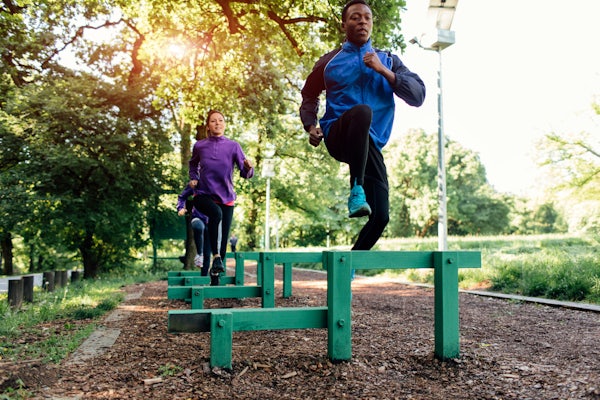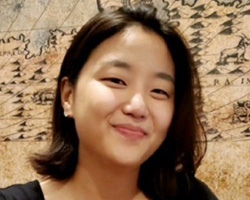Cellular obstacle course
Amit Pathak’s lab shows how environmental obstructions impact collective cell migration

No one wants to hit a wall, or even a seemingly minor obstacle that might completely derail their forward progress. The same goes for cells. A recent study by mechanical engineers in the McKelvey School of Engineering at Washington University in St. Louis found that migrating cells are susceptible to physical disruptions in their environment, losing speed and direction when they encounter obstructions, just like runners navigating an obstacle course.
Researchers working with Amit Pathak, associate professor of mechanical engineering & materials science, have revealed key insights into the role that physical disruptions in cellular environments play in collective cell migration. Though scientists already knew cells could sense stiffness and confinement in their environments, the team’s study published July 24 in Molecular Biology of the Cell shows that surface obstructions can also alter cell response.
As in other collective systems capable of complex motion, such as flocks of birds or broad traffic patterns, collective cell migration is driven by leader cells, which form the front of cell migration and send signals back to follower cells trailing behind them. Leader cells push into new territory so collectives of epithelial cells can develop and maintain various organs and tissues. However, physical obstacles dramatically change the operation.
“For the first time, we have shown how cell stiffness varies within migrating monolayers,” said first author Ye Lim Lee, a doctoral candidate in Pathak’s lab. “We found that not only are leader cells normally stiffer than follower cells, but they get softer whenever migration is disrupted. When leader cells hit a wall, they lose their leadership, and migration slows until new leaders can find a way around or over the block.”
This finding provides a new perspective on how cells navigate through complex environments, particularly during disease progression or tissue development. Interestingly, cell populations display varying degrees of adaptability depending on their collective mechanical properties and their level of intercellular adhesion. That is, whether the roadblock is a catastrophe or just a nuisance depends greatly on how closely the group of cells sticks together.
“If cells have very weak or very strong cell-to-cell adhesions, then they don't care about obstructions that much, because they’re either moving basically independently or sticking close together and moving slowly anyway,” Pathak said. “In the intermediate range of cellular adhesion is where we see cells respond to obstructions the most, because they can move enough to sense obstructions and also communicate them to other cells.”
For different types of obstructions, Pathak’s team found that there’s an optimal balance of adhesion and other mechanical properties crucial for effective migration and communication in challenging environments. Future work could use these insights to devise novel approaches to understand wound healing, tumor growth, disease progression and tissue development.
Lee YL, Mathur J, Walter C, Zmuda H, Pathak A. Matrix obstructions cause multiscale disruption in collective epithelial migration by suppressing leader cell function. Molecular Biology of the Cell, July 24, 2023. DOI: https://www.molbiolcell.org/doi/10.1091/mbc.E22-06-0226
This work was supported by the National Institutes of Health (R35 GM128764).





